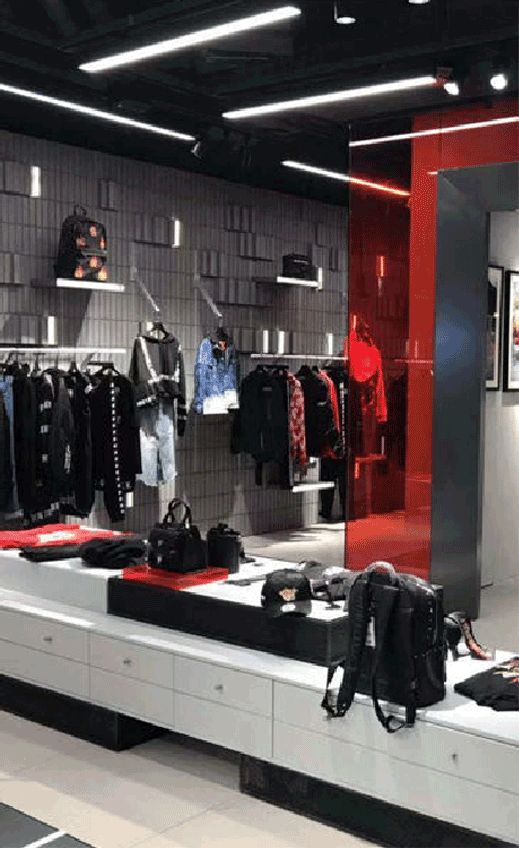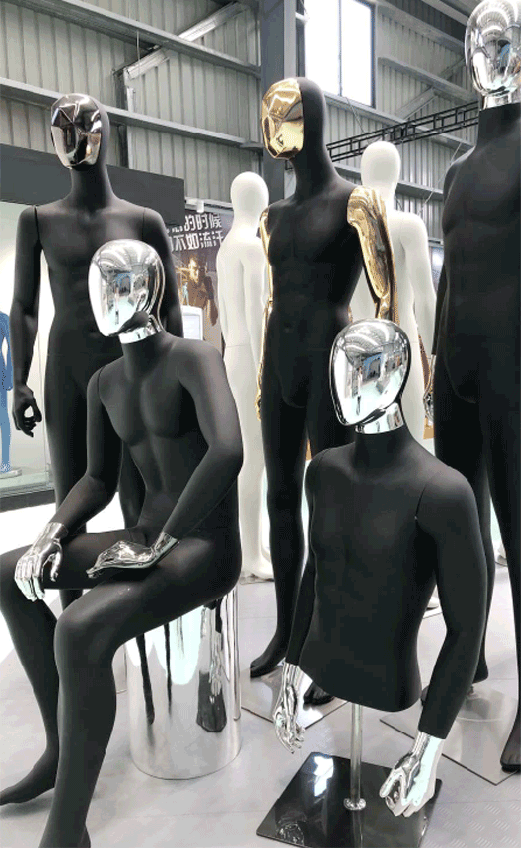Mastering the Art of Visual Merchandising: Grabbing Attention and Driving Sales
Welcome to the world of visual merchandising, where art, design, and psychology converge to create captivating retail experiences. Visual merchandising goes beyond in-store aesthetics; it is a strategic tool used by retailers to engage customers, drive sales, and cultivate brand identity. Through the thoughtful arrangement of products, signage, lighting, and displays, visual merchandising aims to entice and inspire customers, guiding them on a visual journey that culminates in making a purchase. Whether it's a carefully curated window display that Stop passersby in their tracks or an enticing product arrangement that encourages exploration, mastering the art of visual merchandising is key to standing out in today's competitive retail landscape.
Importance of Visual Merchandising
Visual merchandising is a crucial aspect of retail success. It involves strategically presenting products in a way that catches the eye of customers and draws them into the store. Effective visual merchandising can create a strong first impression, setting the tone for the overall shopping experience.
When done well, visual merchandising can enhance brand image and communicate the store's identity. Consistent branding through visual displays helps customers recognize and remember the store, building brand loyalty over time. A cohesive visual presentation also reinforces the store's positioning in the market and can differentiate it from competitors.


In addition to creating an inviting atmosphere, visual merchandising plays a key role in boosting sales. By showcasing products in an appealing and organized manner, retailers can increase product visibility and encourage customers to make purchases. Thoughtfully arranged displays can guide customers through the store, leading them to discover new products and ultimately drive sales.
Key Elements for Successful Visual Merchandising
When it comes to visual merchandising, creating an inviting atmosphere is crucial. Lighting plays vmwd in highlighting products and setting the overall mood in a store. Ensure your store is well-lit to showcase your merchandise effectively and create a welcoming ambiance for customers to explore.
Another essential element is maintaining a cohesive color scheme and theme throughout your displays. Consistency in colors and themes helps create a harmonious visual experience for customers, making it easier for them to navigate and connect with your products. By maintaining a consistent aesthetic, you can strengthen your brand identity and leave a lasting impression on shoppers.
Lastly, paying attention to the layout and flow of your displays is vital for successful visual merchandising. Arrange products in a way that guides customers through your store, leading them to key focal points and encouraging them to engage with featured items. A well-thought-out store layout not only enhances the overall shopping experience but also helps drive sales by strategically positioning products to capture attention.
Strategies to Enhance Visual Merchandising
When looking to enhance visual merchandising in retail spaces, it is crucial to focus on creating eye-catching displays that reflect the brand's identity. Incorporate elements such as bold colors, creative signage, and impactful lighting to draw customers' attention and leave a lasting impression.

Another key strategy is to regularly refresh displays and product arrangements to keep the store environment dynamic and engaging. By rotating merchandise, rearranging fixtures, and introducing seasonal decor, you can create a sense of novelty that encourages repeat visits and drives sales.
Furthermore, leveraging technology can greatly enhance the visual merchandising experience. Implement digital displays, interactive kiosks, and augmented reality features to provide customers with immersive and personalized shopping experiences that differentiate your store from competitors.